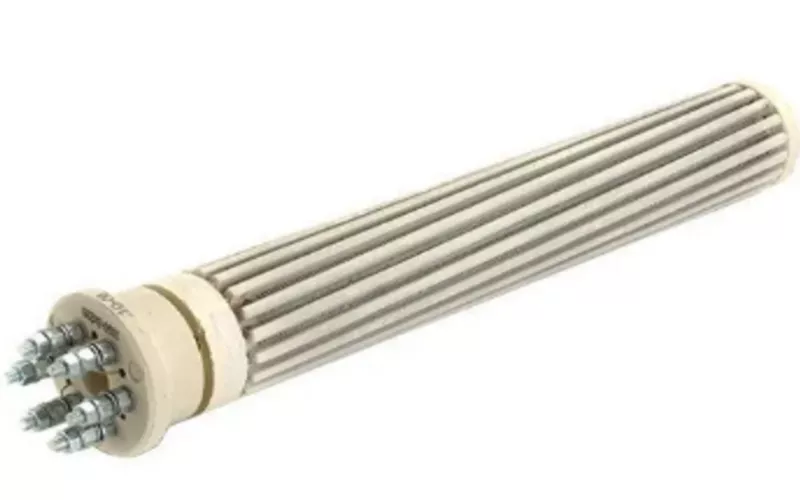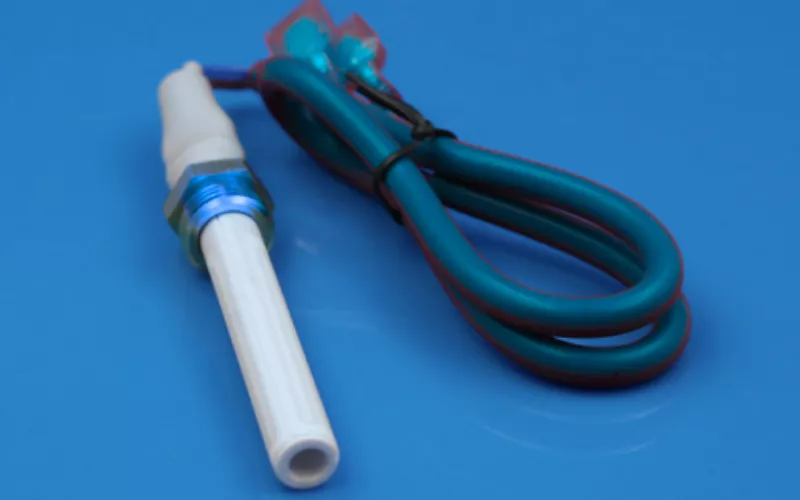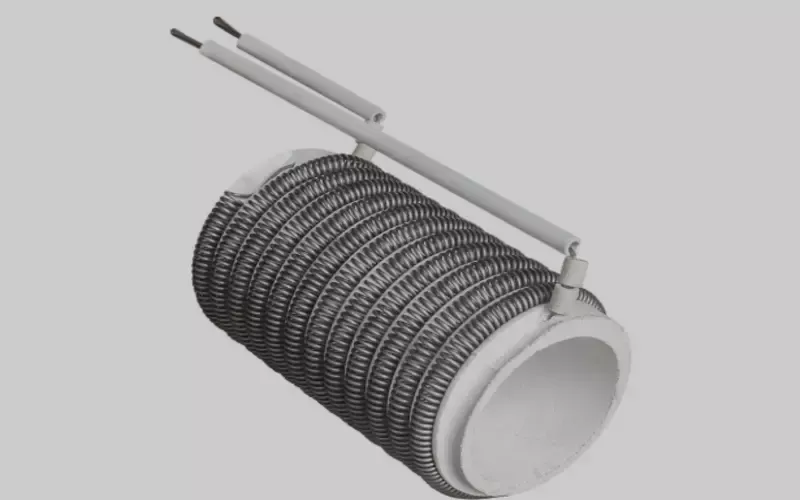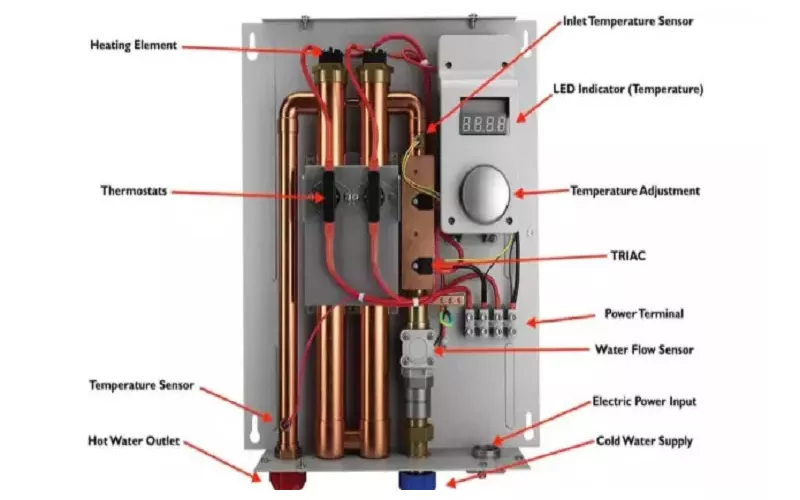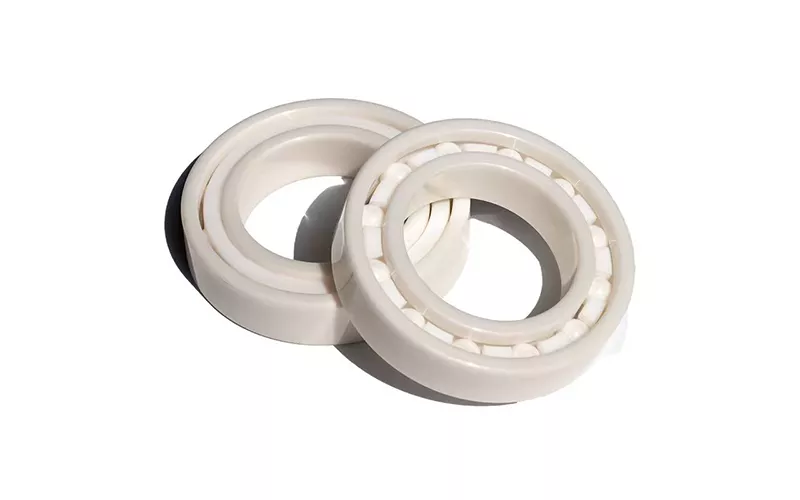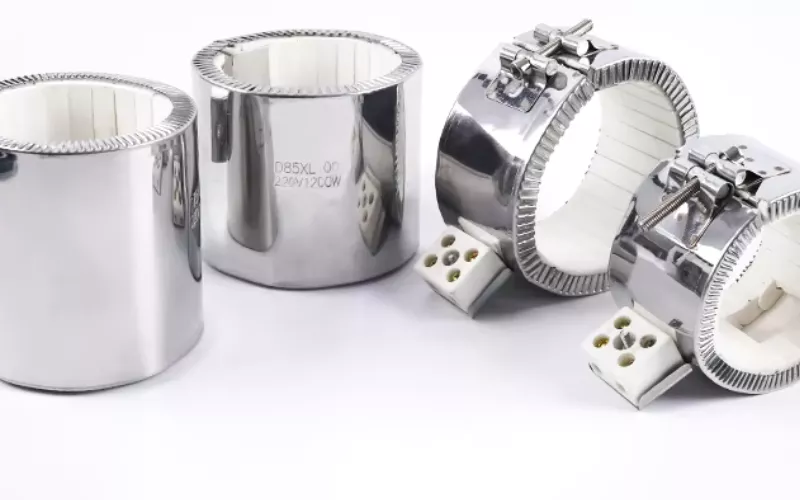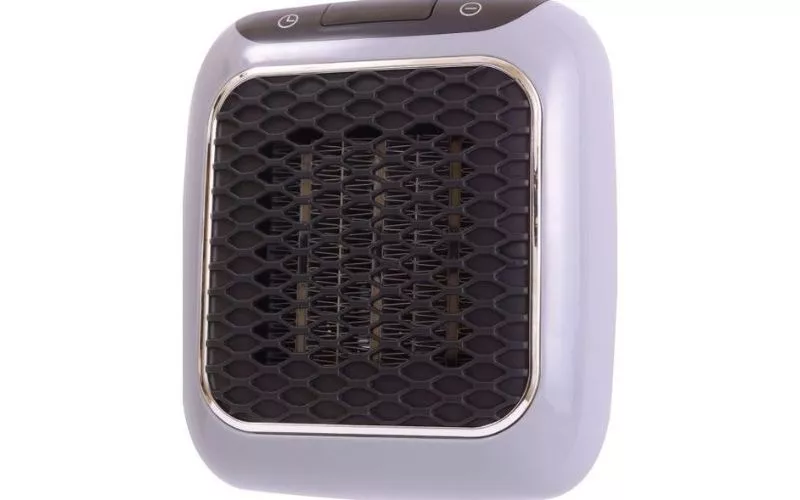Ceramic Igniters For Biomass Stoves: Your 2025 Buying Guide
Figure 1. Biomass stove bringing warmth to your homeBiomass stoves require a stable ignition to heat the house on a daily basis. Heating is disabled when the ignition device breaks down. The ceramic b…
2025-11-18



